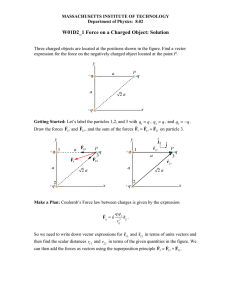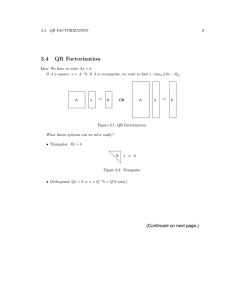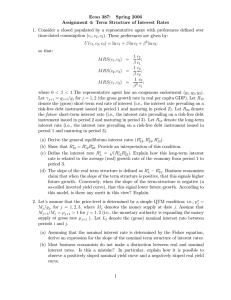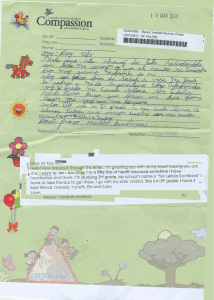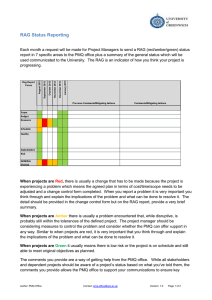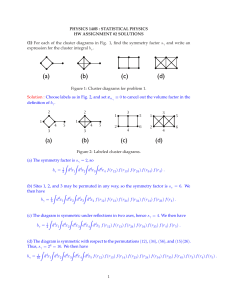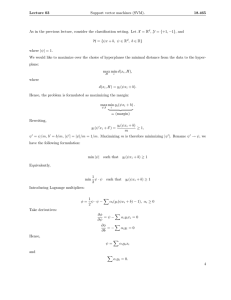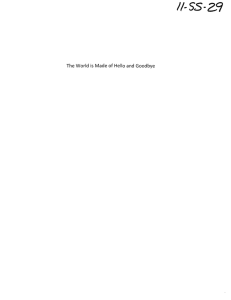Supplementary Material
advertisement
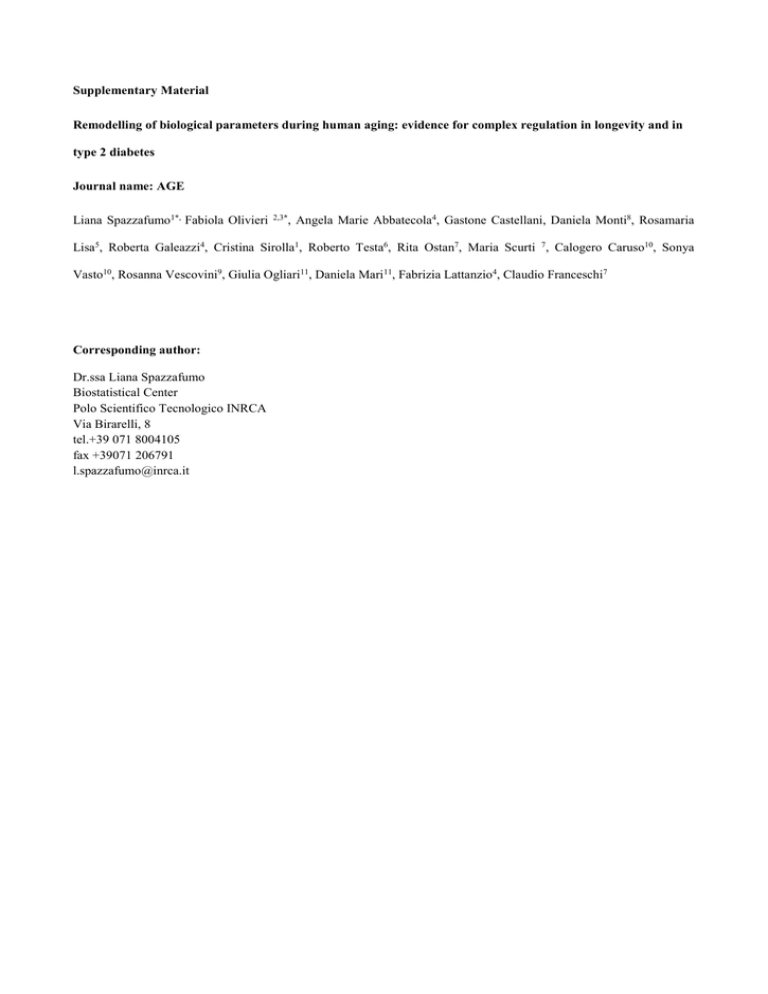
Supplementary Material Remodelling of biological parameters during human aging: evidence for complex regulation in longevity and in type 2 diabetes Journal name: AGE Liana Spazzafumo1*, Fabiola Olivieri 2,3* , Angela Marie Abbatecola4, Gastone Castellani, Daniela Monti8, Rosamaria Lisa5, Roberta Galeazzi4, Cristina Sirolla1, Roberto Testa6, Rita Ostan7, Maria Scurti 7, Calogero Caruso10, Sonya Vasto10, Rosanna Vescovini9, Giulia Ogliari11, Daniela Mari11, Fabrizia Lattanzio4, Claudio Franceschi7 Corresponding author: Dr.ssa Liana Spazzafumo Biostatistical Center Polo Scientifico Tecnologico INRCA Via Birarelli, 8 tel.+39 071 8004105 fax +39071 206791 l.spazzafumo@inrca.it Models Factor structure analysis: the method of functional and structural relationships This method is based on a generalization of the mathematical way to express physical laws, where variables are related by causal effect (for example, the perfect gases law). The method has been developed for two and n variables and we will briefly describe these approaches in the linear case. Two mathematical variables, X and Y, are linearly related if Y 0 1 X and in this case X and Y are functionally related. In general, we do not observe X and Y, while the observed values of the associated random variables and are defined by: i X i ij i 1,2,, n i Yi ij The estimation of 0 and 1, as well as the existence of the error terms in the X and Y variables poses a problem that is similar but quite different from the classical regression due to the presence of an error term: 0 1 ( 1 ) This relation is called a structural relation between the observed random variables and and is the result of the functional relation between X and Y. The generalization to n variables X0, X1,….Xn, after adding the dummy variable X0=1 is: k j 0 j Xj 0 along with the following associated random variables: ji X ji ji i 1,2,, n, j 1,2,, n This problem can be reformulated as the determination of an hyperplane in k dimensions and the distance of a point 1i, 2i,…. ki from the hyperplane is: k j 0 j ji k j 2 j 0 k Using specific algebraic manipulations we formulated the following system to be solved as: k c j 0 ij j n l l 1,2, k with 1 1 r12 r13 r12 12 r23 r13 r23 1 3 r1k r2 k r3k r1k r2 k r3k 0 1k Where j nS j 2 is the Sj the standard deviation of the i and the rij their correlations. We then solved the second equation for and hence find the ’s from the first.
